Growing Interest in Fuel Cell Technologies
The Transportation Liquid Hydrogen Market is witnessing a growing interest in fuel cell technologies, which utilize hydrogen to generate electricity. Fuel cells are increasingly recognized for their potential to power various transportation modes, including buses, trucks, and trains. The U.S. Department of Transportation has noted a rise in fuel cell vehicle deployments, indicating a shift towards hydrogen-powered transportation solutions. This trend is likely to drive demand for liquid hydrogen as a fuel source, thereby expanding the market. Furthermore, advancements in fuel cell efficiency and durability are expected to enhance the appeal of hydrogen-powered vehicles. As the Transportation Liquid Hydrogen Market evolves, the integration of fuel cell technologies could play a crucial role in shaping its future.
Increasing Demand for Clean Energy Solutions
The Transportation Liquid Hydrogen Market is experiencing a notable surge in demand for clean energy solutions. As nations strive to meet stringent emissions targets, hydrogen emerges as a viable alternative to fossil fuels. The International Energy Agency indicates that hydrogen could account for up to 18% of the world's energy demand by 2050. This shift towards hydrogen is driven by the need to decarbonize transportation sectors, particularly in heavy-duty vehicles and shipping. Consequently, investments in hydrogen infrastructure are likely to increase, fostering growth in the Transportation Liquid Hydrogen Market. Furthermore, the rising awareness of climate change impacts propels consumers and businesses alike to seek sustainable energy sources, thereby enhancing the market's potential.
Government Incentives and Supportive Policies
The Transportation Liquid Hydrogen Market is bolstered by government incentives and supportive policies aimed at promoting hydrogen as a clean fuel alternative. Various countries have implemented strategic frameworks to encourage investment in hydrogen infrastructure and technology. For instance, the European Union has allocated substantial funding for hydrogen projects, with plans to invest over 430 billion euros by 2030. Such initiatives are likely to stimulate market growth by providing financial support for research and development, as well as infrastructure development. Additionally, regulatory frameworks that favor hydrogen adoption in transportation sectors further enhance the market's attractiveness. As governments prioritize sustainability, the Transportation Liquid Hydrogen Market stands to gain from these favorable conditions.
Rising Investments in Hydrogen Infrastructure
Investment in hydrogen infrastructure is a critical driver for the Transportation Liquid Hydrogen Market. As the demand for hydrogen as a fuel source increases, the need for robust infrastructure becomes apparent. Recent reports suggest that investments in hydrogen refueling stations and distribution networks are projected to reach billions of dollars in the coming years. This influx of capital is likely to facilitate the establishment of a comprehensive hydrogen supply chain, making liquid hydrogen more accessible for transportation applications. Additionally, partnerships between public and private sectors are emerging to accelerate infrastructure development. As these investments materialize, the Transportation Liquid Hydrogen Market is expected to experience substantial growth, paving the way for a more sustainable transportation landscape.
Advancements in Hydrogen Production Technologies
Technological innovations in hydrogen production are pivotal for the Transportation Liquid Hydrogen Market. Recent advancements, particularly in electrolysis and steam methane reforming, have improved efficiency and reduced costs associated with hydrogen production. The U.S. Department of Energy has reported a significant decrease in production costs, which could fall below 2 dollars per kilogram by 2030. This reduction is likely to make liquid hydrogen more accessible for transportation applications. Moreover, the development of renewable energy sources, such as wind and solar, for hydrogen production further supports the market's growth. As production technologies evolve, the Transportation Liquid Hydrogen Market is expected to benefit from enhanced supply chain dynamics and increased adoption across various sectors.


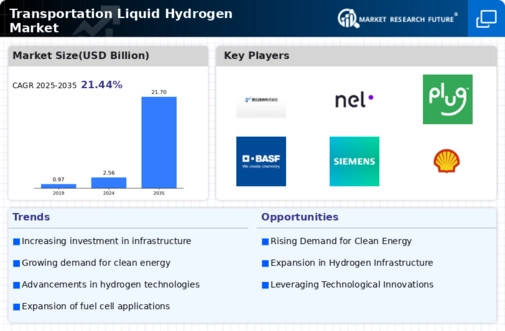
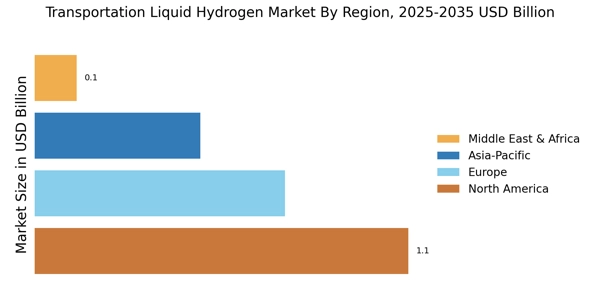
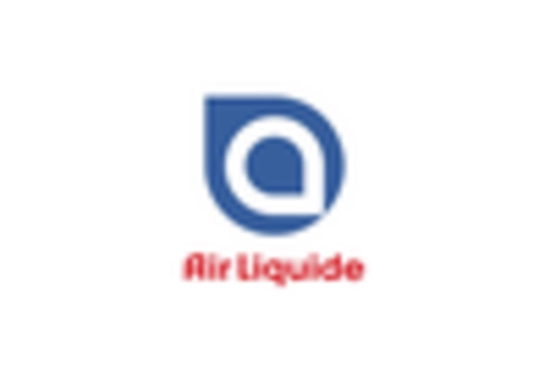
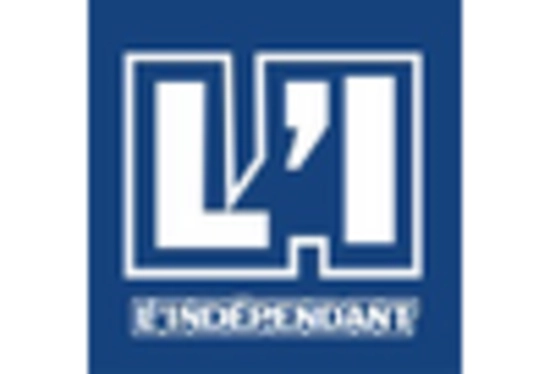
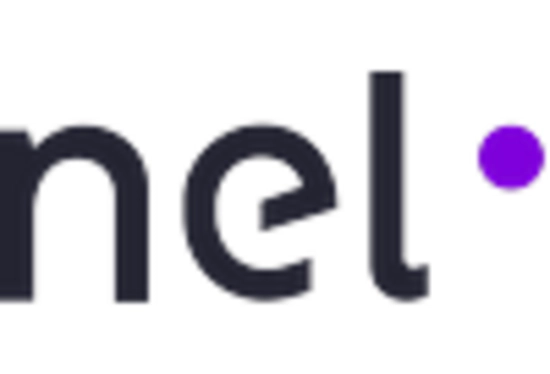











Leave a Comment